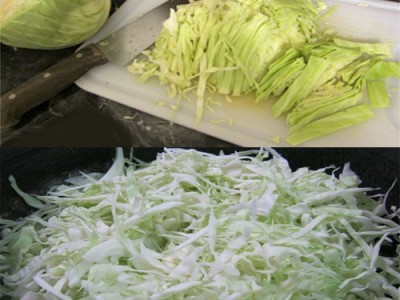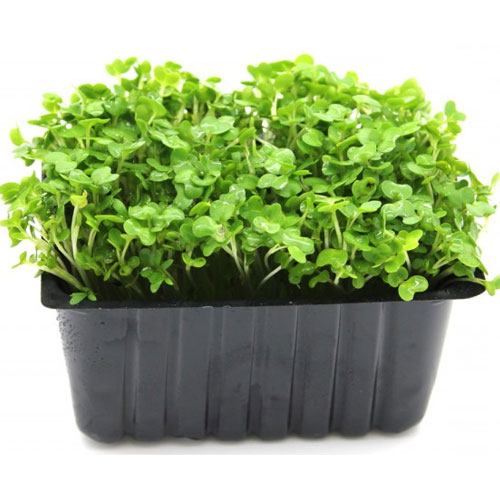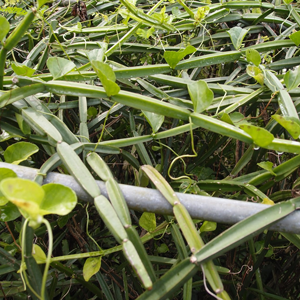

Cress | Garden Cress – Medicinal Values
Cress
Plants and trees conquer most parts of the earth and make the mother earth a green carpet. This planet is useless without fauna and flora since majority portion of the earth is made of these species. Plants are exquisite and exotic creatures given by the divine. This topic will deal with a plant named Cress which is also referred as garden cress. The botanical name of this plant is Lepidium sativum. The word cress originated from Germanic cresso. This plant is grown as herb since it has medicinal properties and for edible oil. Caress is related to watercress and mustard due its flavor and aroma. The other common names of this plant are mustard and cress, garden pepper cress, pepperwort pepper grass or poor man’s pepper. This perennial plant which is found throughout the year grows up to 60 cm in height and numerous branches are found on the upper part of the plant. These plants are commercially grown England, France, the Netherlands and Scandinavia.
Cultivation
The flowers of this plants are generally are white or slightly pink color measuring 2 mm.It grows wonderfully in all types of soils and climates. The seeds sprout four or six days after sowing and the leaves are ready for consumption after two or three weeks. This is generally considered as fast growing plants and found in many places through the world including India.
Water soluble Vitamins
Fat Soluble Vitamins
Flavonols
| Nutrients | Nutrition Value | % DV of RDA |
|---|---|---|
| Water | 44.7 g | N/D |
| Energy | 16 Kcal | N/D |
| Energy | 67 kJ | N/D |
| Protein | 1.3 g | 2.60% |
| Total Fat (lipid) | 0.35 g | 1.00% |
| Ash | 0.9 g | N/D |
| Carbohydrate | 2.75 g | 2.12% |
| Total dietary Fiber | 0.6 g | 1.58% |
| Total Sugars | 2.2 g | N/D |
| Minerals | Amount | % DV |
| Calcium, Ca | 40 mg | 4.00% |
| Iron, Fe | 0.65 mg | 8.13% |
| Magnesium, Mg | 19 mg | 4.52% |
| Phosphorus, P | 38 mg | 5.43% |
| Potassium, K | 303 mg | 6.45% |
| Sodium, Na | 7 mg | 0.47% |
| Zinc, Zn | 0.12 mg | 1.09% |
| Copper, Cu | 0.085 mg | 9.44% |
| Manganese, Mn | 0.276 mg | 12.00% |
| Selenium, Se | 0.4 µg | 0.73% |
| Vitamins | ||
| Vitamin B1 (Thiamin) | 0.04 mg | 3.33% |
| Vitamin B2 (Riboflavin) | 0.13 mg | 10.00% |
| Vitamin B3 (Niacin) | 0.5 mg | 3.13% |
| Vitamin B5 (Pantothenic acid) | 0.121 mg | 2.42% |
| Vitamin B6 (Pyridoxine) | 0.124 mg | 9.54% |
| Vitamin B9 (Folate) | 40 µg | 10.00% |
| Folic Acid | 0 µg | N/D |
| Folate, food | 40 µg | N/D |
| Folate, DEF | 40 µg | N/D |
| Choline | 9.8 mg | 1.78% |
| Vitamin C (Ascorbic acid) | 34.5 mg | 38.33% |
| Vitamin A, RAE | 173 µg | 24.71% |
| Vitamin A, IU | 3458 IU | N/D |
| Beta Carotene | 2075 µg | N/D |
| Betaine | 0.1 mg | N/D |
| Lutein + zeaxanthin | 6250 µg | N/D |
| Vitamin E (alpha- tocopherol) | 0.35 mg | 2.33% |
| Vitamin K (phylloquinone) | 271 µg | 225.83% |
| Lipids | Amount | % DV |
| Fatty acids, total saturated | 0.012 g | N/D |
| Palmitic acid 16:00 (Hexadecanoic acid) | 0.008 g | N/D |
| Stearic acid 18:00 (Octadecanoic acid) | 0.004 g | N/D |
| Fatty acids, total monounsaturated | 0.12 g | N/D |
| Oleic acid 18:1 (octadecenoic acid) | 0.044 g | N/D |
| Gadoleic acid 20:1 (eicosenoic acid) | 0.03 g | N/D |
| Erucic acid 22:1 (docosenoic acid) | 0.046 g | N/D |
| Fatty acids, total polyunsaturated | 0.114 g | N/D |
| Linoleic acid 18:2 (octadecadienoic acid) | 0.076 g | N/D |
| Linolenic acid 18:3 (Octadecatrienoic acid) | 0.038 g | N/D |
| Isorhamnetin | 0.5 mg | N/D |
| Kaempferol | 6.5 mg | N/D |
Medicinal Properties
These seeds have lots of medicinal properties and ayurvedic doctors prescribe this seed in powder or capsule form for the patients suffering from asthma, respiratory diseases, lung infections, indigestion, constipation and other such infections.These seeds are very rich in potassium, dietary fiber, vitamin c and other such minerals.

